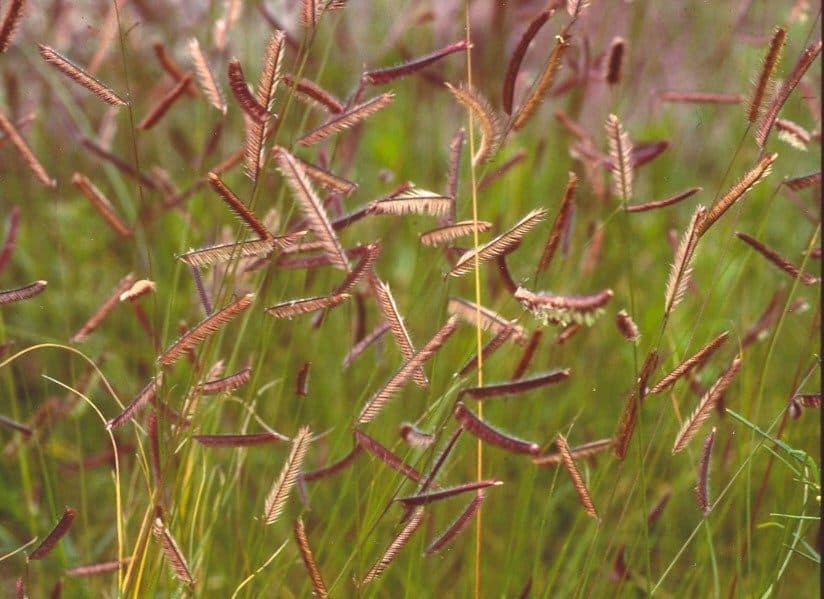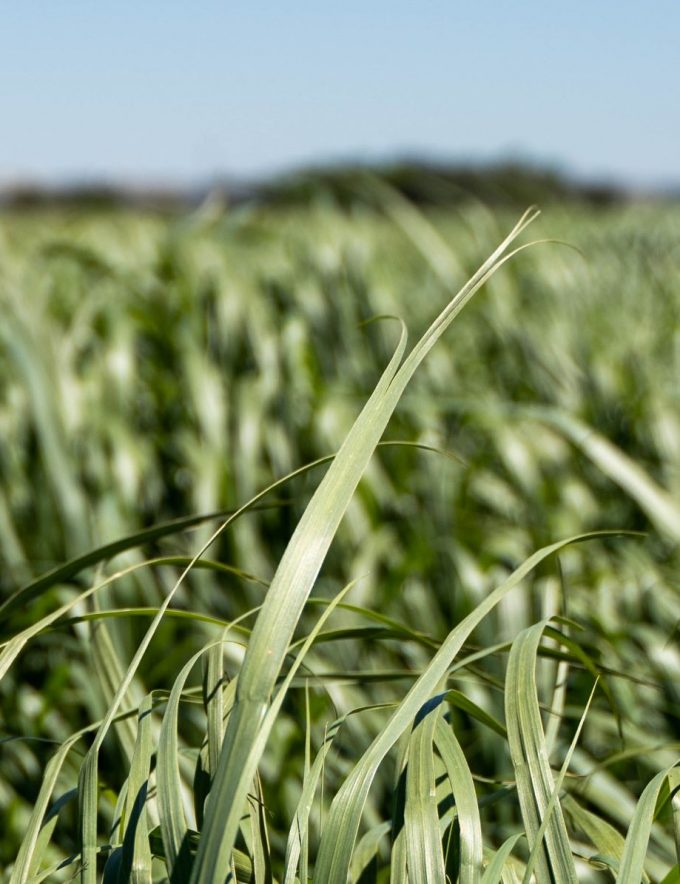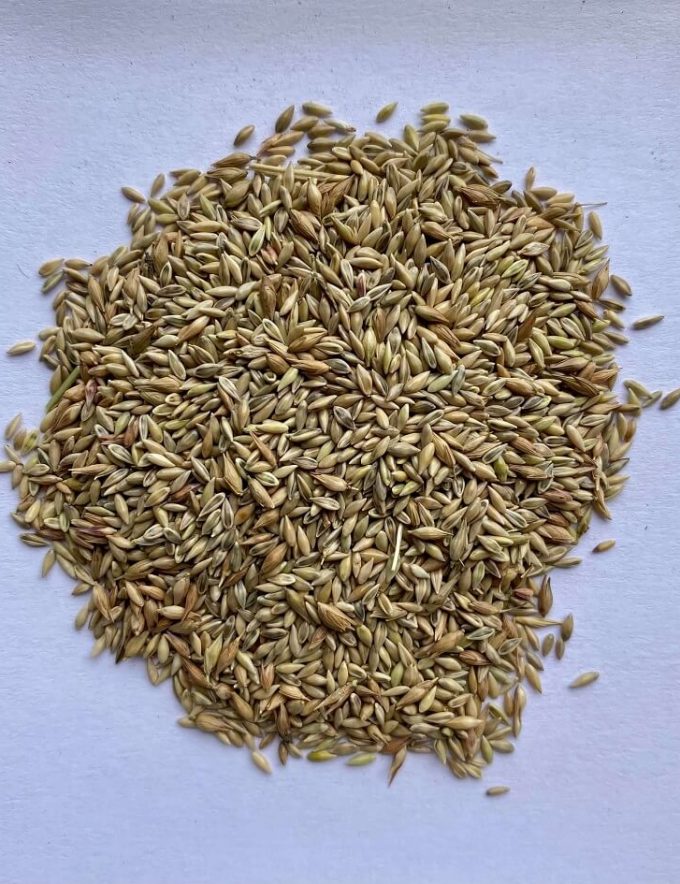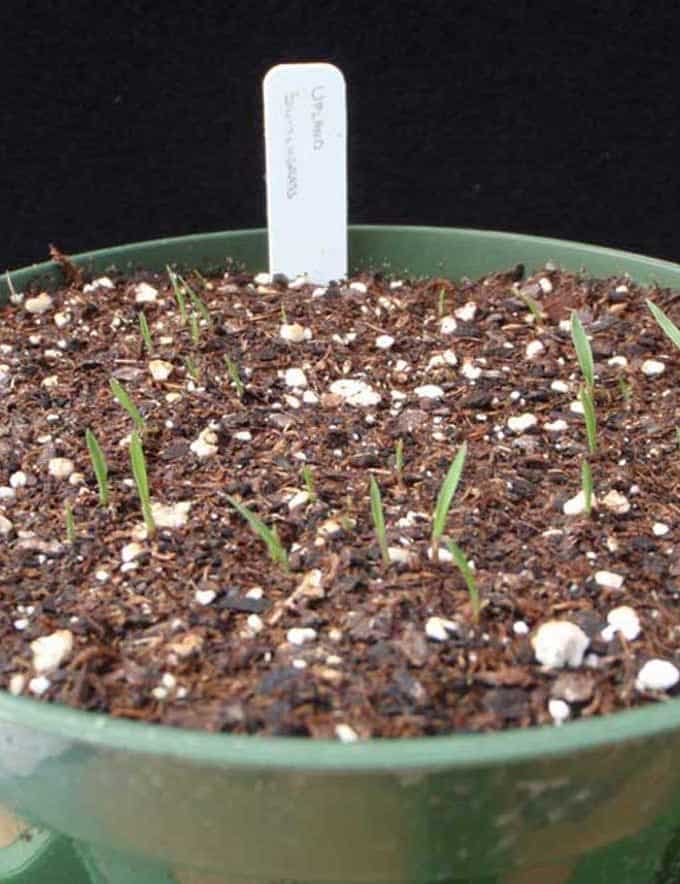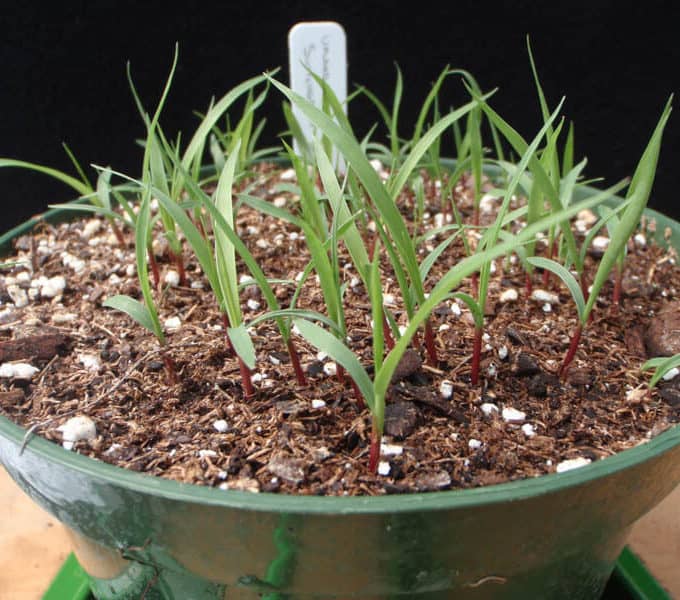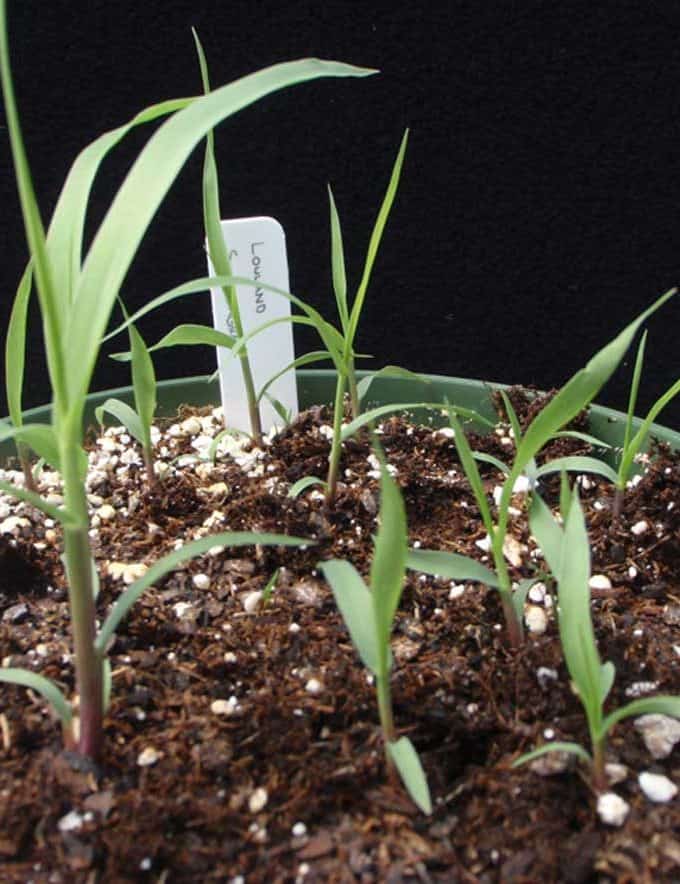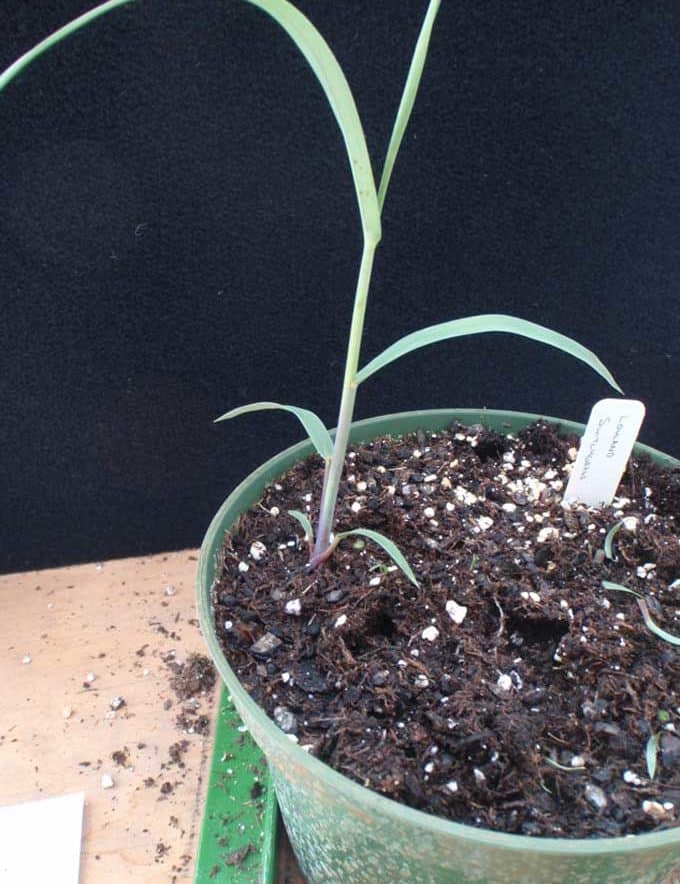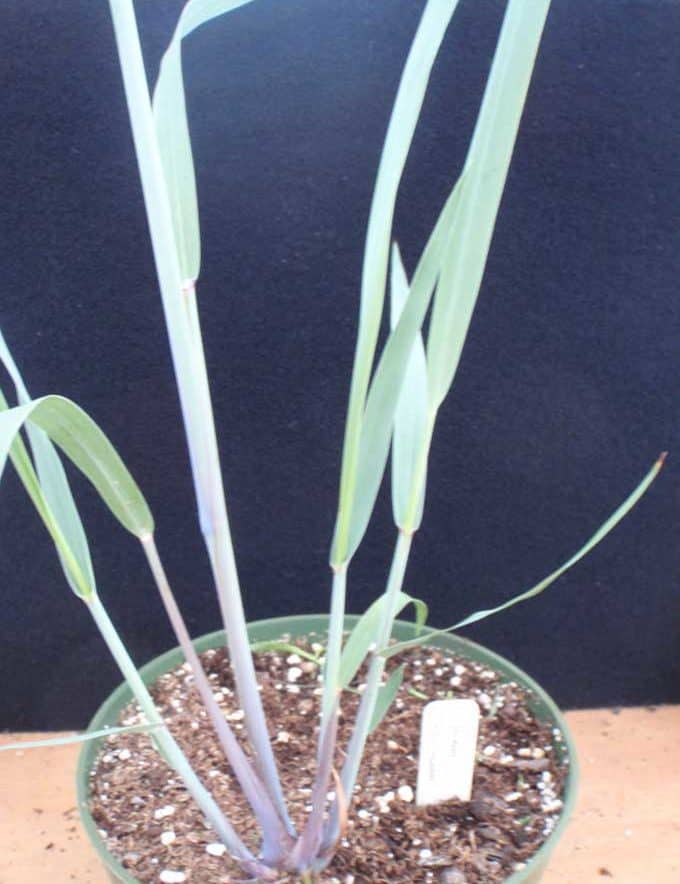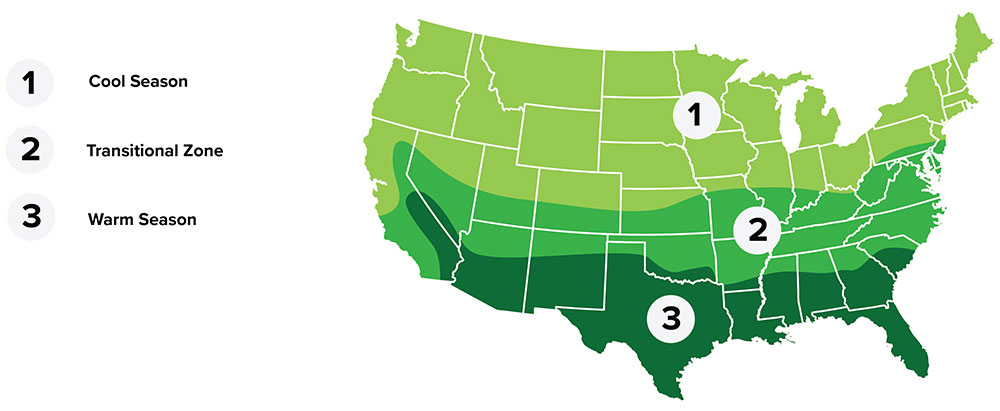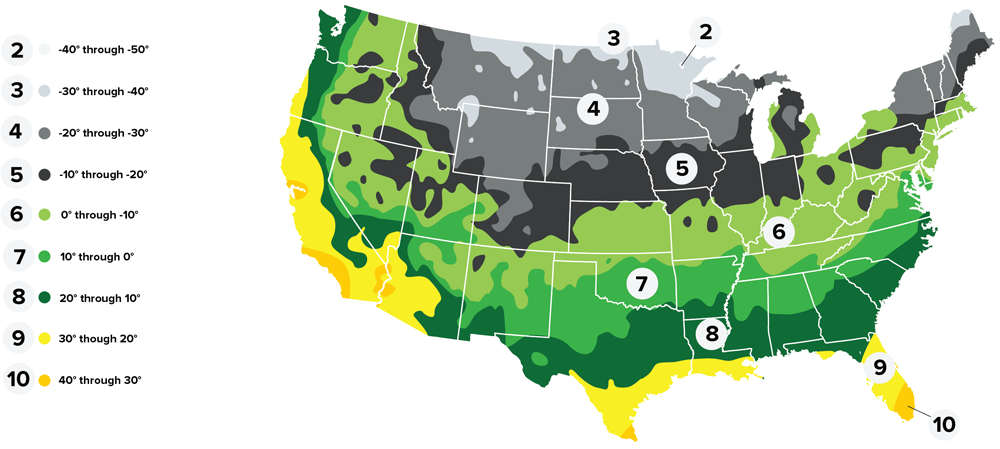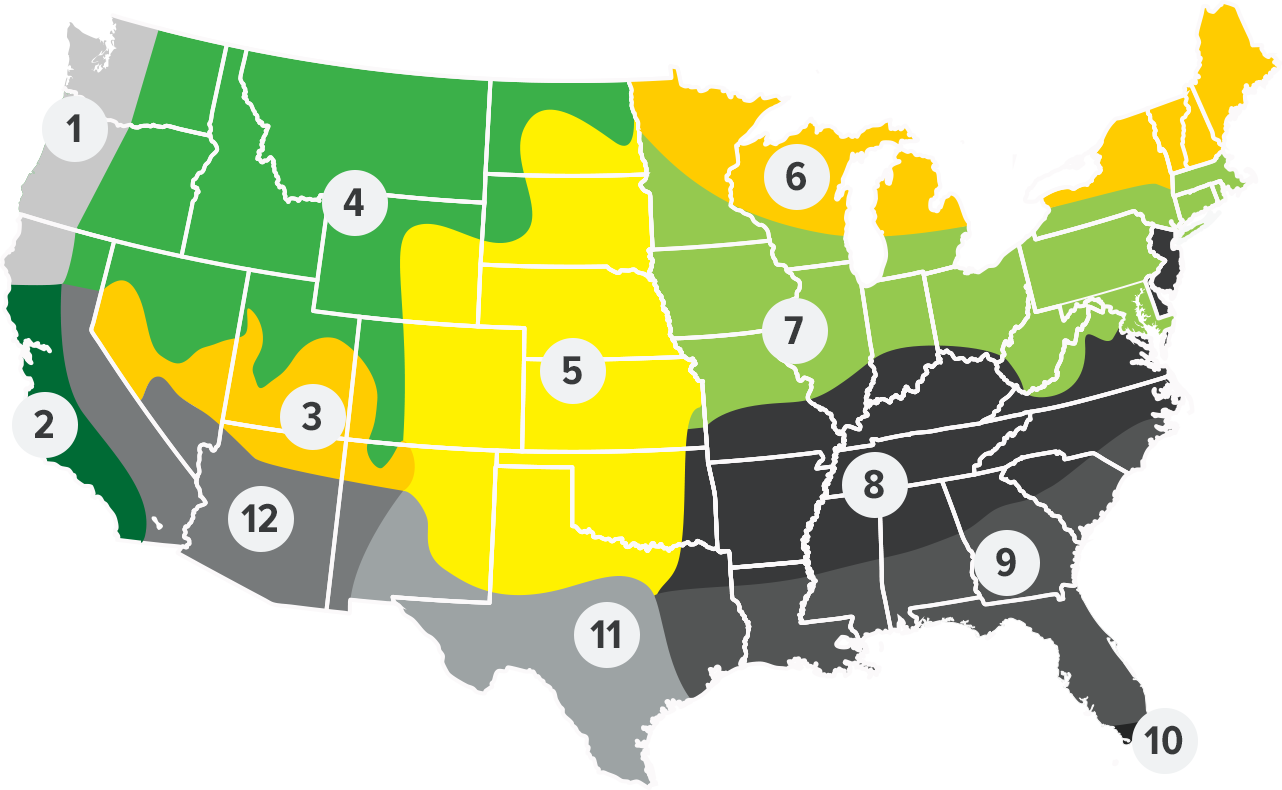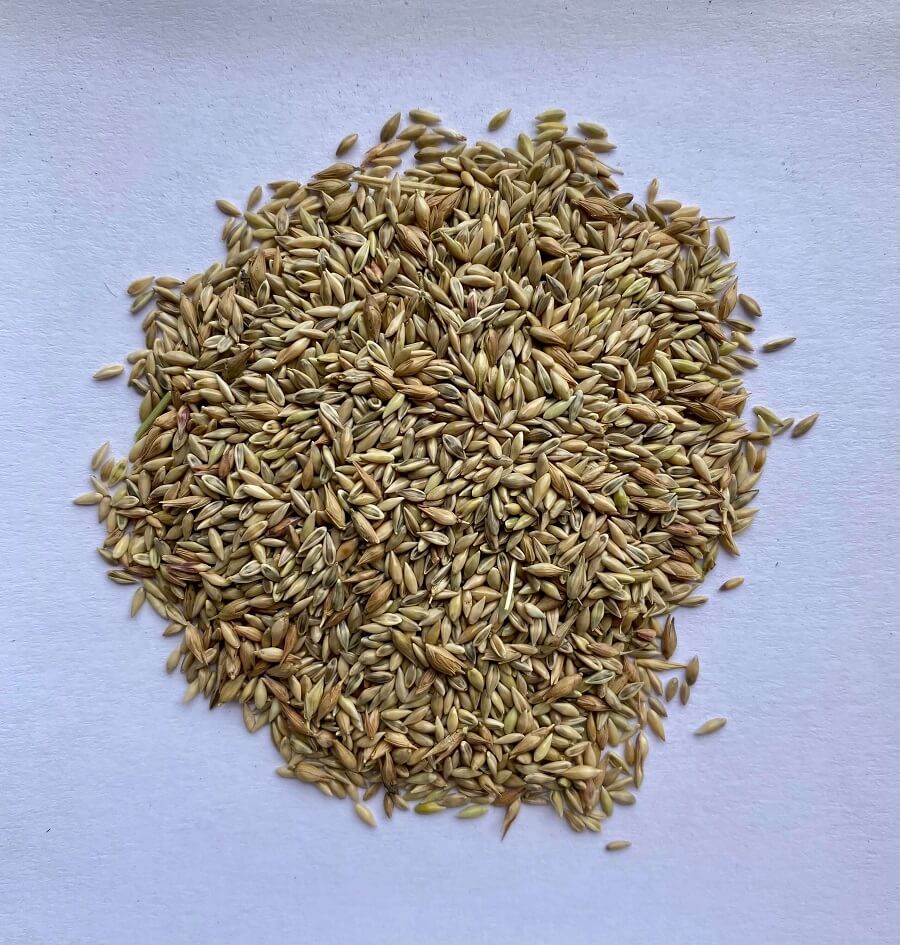
CAVE-IN-ROCK SWITCHGRASS
Summary
Cave-in-Rock switchgrass, a warm season native grass, has an average height of 3-5 feet, but can reach up to 6 feet in some regions. It is highly adaptable to various soils and growing conditions, making it a popular choice for wildlife habitat, pasture, rangeland, and biofuel production. With its upright growth and sturdy stems, it offers excellent nesting, brood rearing, and winter cover for pheasants and other birds. Additionally, its extensive root system promotes soil erosion control and stabilization.
Switchgrass is a native, warm-season, perennial, tall grass that reproduces from seed and rhizomes. Switchgrass is categorized as either upland or lowland. Upland types are typically shorter and generally found on upland sites with lower fertility and drier conditions. Lowland types can reach 8 to 10 feet tall, are very robust, and found in moister low areas with high fertility. Mature lowland types will tolerate long periods of flooding. Switchgrass is a very persistent species with excellent drought hardiness and cold tolerance. Switchgrass is widely adapted and found throughout the United States with the exception of the West Coast. Switchgrass produces large seeds on a spangled-type seed head. The stem is round, hollow, and usually has a reddish tint. Switchgrass is easily identified by a small nest of hair where the blades attach to the sheath. Switchgrass is used for pasture and makes a good quality hay when mowed prior to seedhead formation. It should not be grazed closer than 5 to 7 inches during the growing season. In recent years interest in biofuel research has generated substantial interest in developing new varieties of Switchgrass as well as new management strategies. For conservation and range use, Switchgrass is one of the BIG FOUR species is usually seeded in mixtures with Bluestem, Indiangrass, and Sideoats Grama.
Plant Characteristics
Taxonomy
Zone
- Regional Growing Zone
- 3 - Southern Mountain, 4 - Mountain, 5 - Midwest, 6 - Northeast Lakes, 7 - Great Lakes South, 8 - Appalacia, 9 - Southeast
- USDA Plant Hardiness Zones
- 2, 3, 4, 5, 6, 7, 8, 9, 10
- Temperature Zone
- Warm, Cool, Transitional
Plant Characteristics
- Height
- 36" - 120"
- Bloom Period
- Mid-Summer - Late-Summer
- Bloom Color
- Yellow
- Leaf Color
- Green
- Growing Cycle
- Perennial
- Sun Requirement
- Full Sun
Plant Information
- Planting Season
- Spring - Fall
- Plant Depth
- 0.25"
- Minimum Soil Temp for Germination
- 60° F
- Establishment
- Easy
Seed Information
- Seeds Per Pound
- 400,000
- Kingdom
- PLANTAE
- Subkingdom
- TRACHEOBIONTA
- Super Division
- SPERMATOPHYTA
- Division
- MAGNOLIOPHYTA
- Class
- LILIOPSIDA
- Subclass
- COMMELINIDAE
- Order
- CYPERALES
- Family
- POACEAE
- Genus
- PANICUM
- Species
- PANICUM VIRGATUM
Coverage Area & Available Sizes
Applications
Switchgrass has been long used for many conservation applications including but not limited to; buffer strips, Conservation Reserve Program, and stream bank erosion.
Switchgrass provides a suitable forage for hay and grazing if harvested prior to seedhead formation. Forage quality diminishes rapidly when the reproductive stage is initiated in mid to late summer.
Switchgrass is also used in landscape plantings. It is typically used as perimeter screens and accent plants. Switchgrass can be moderately invasive in some applications.









